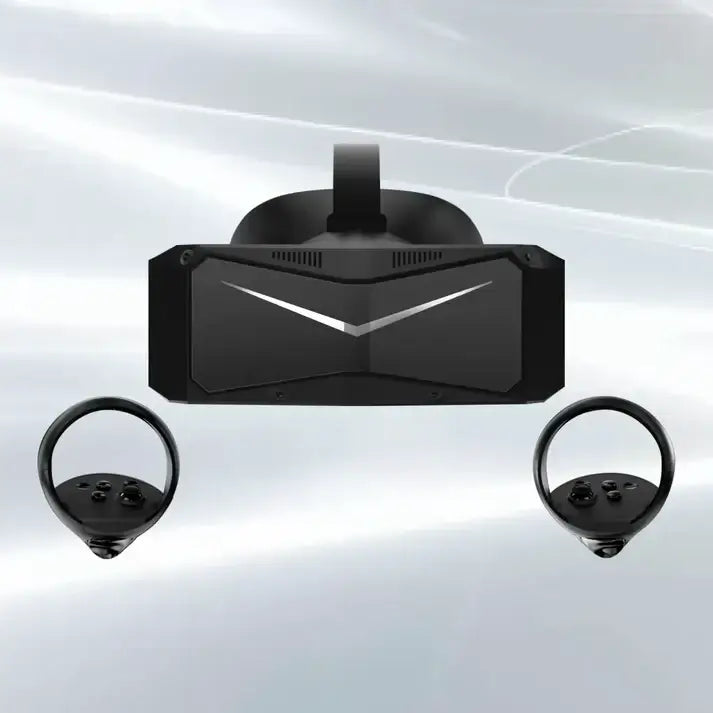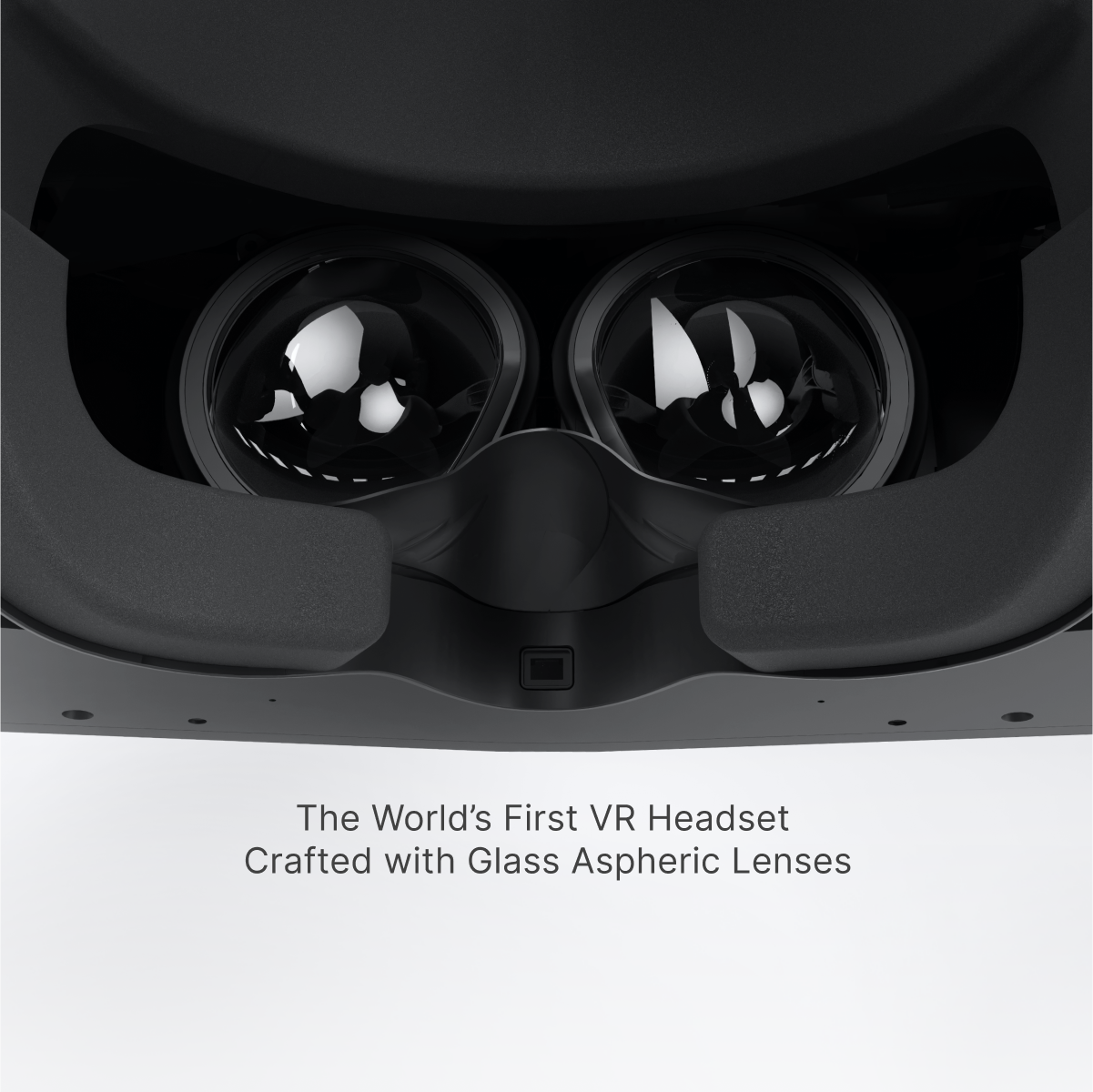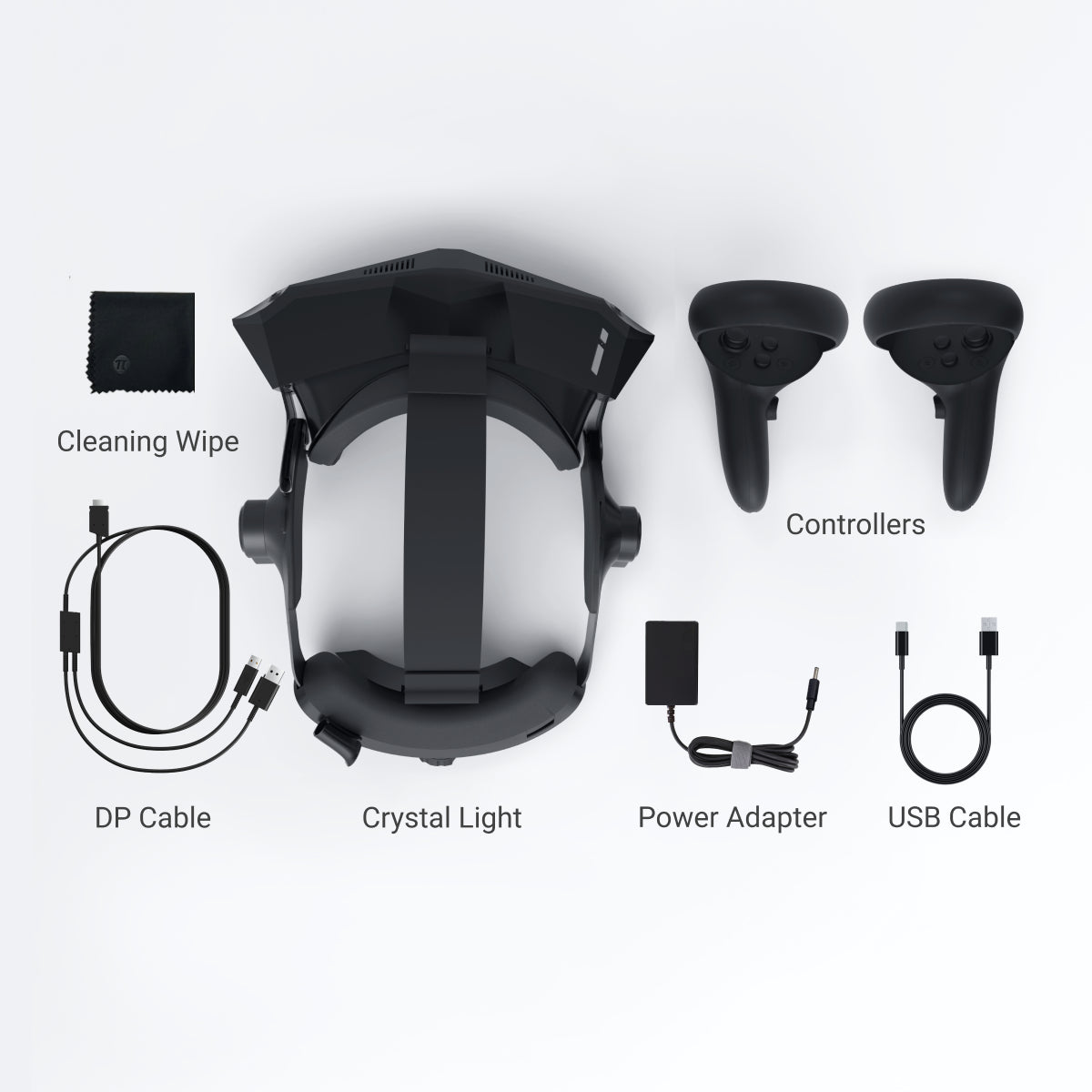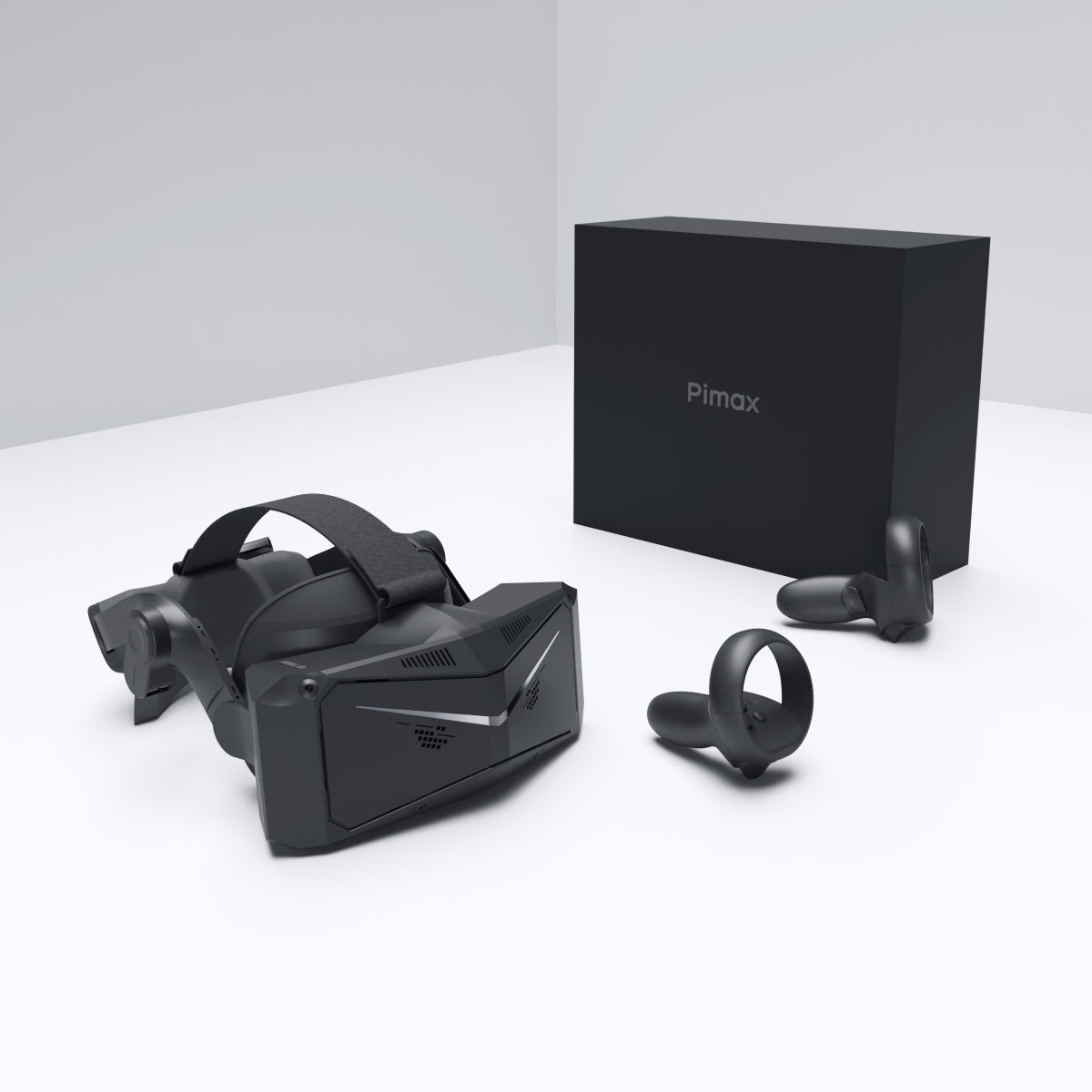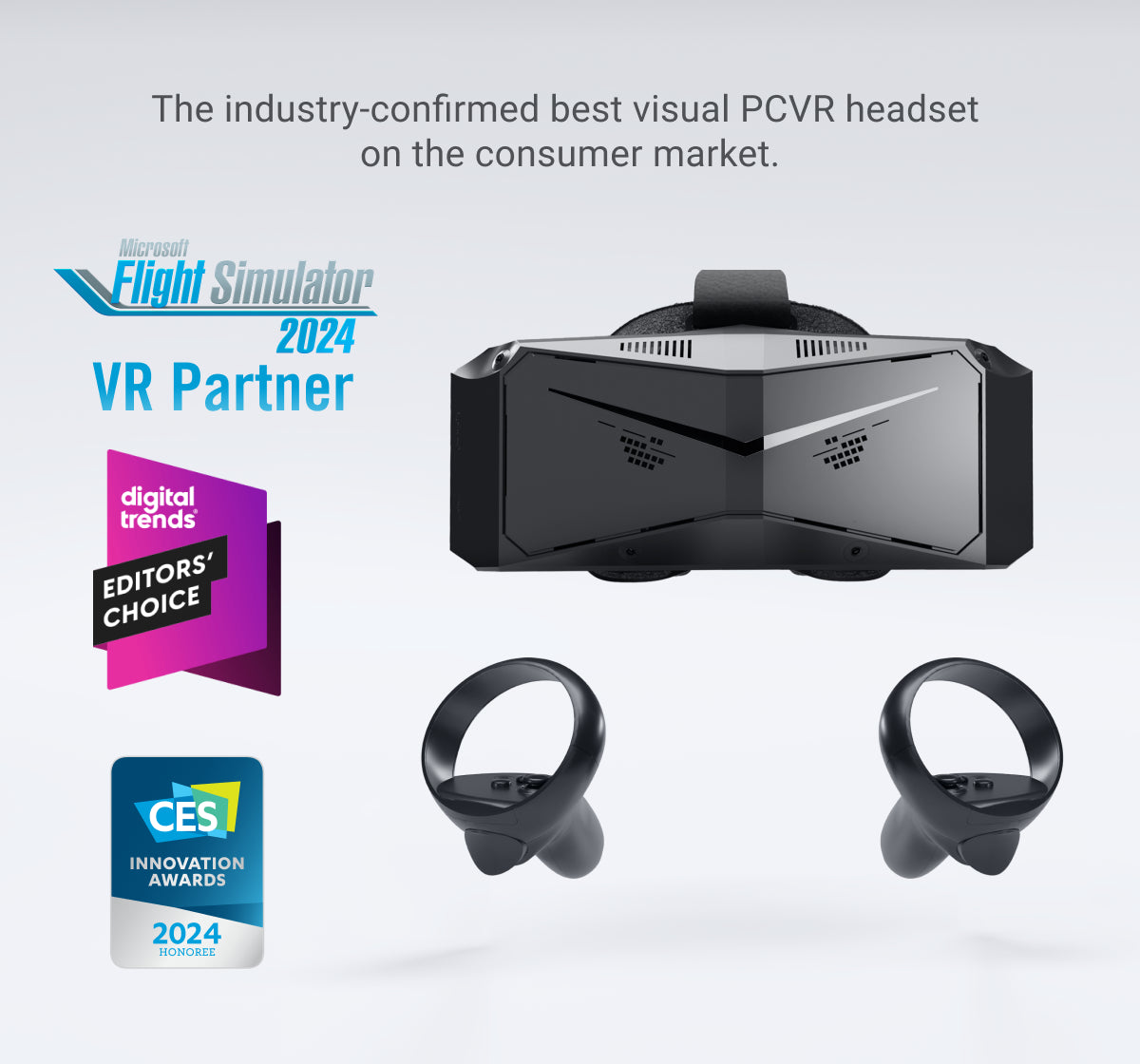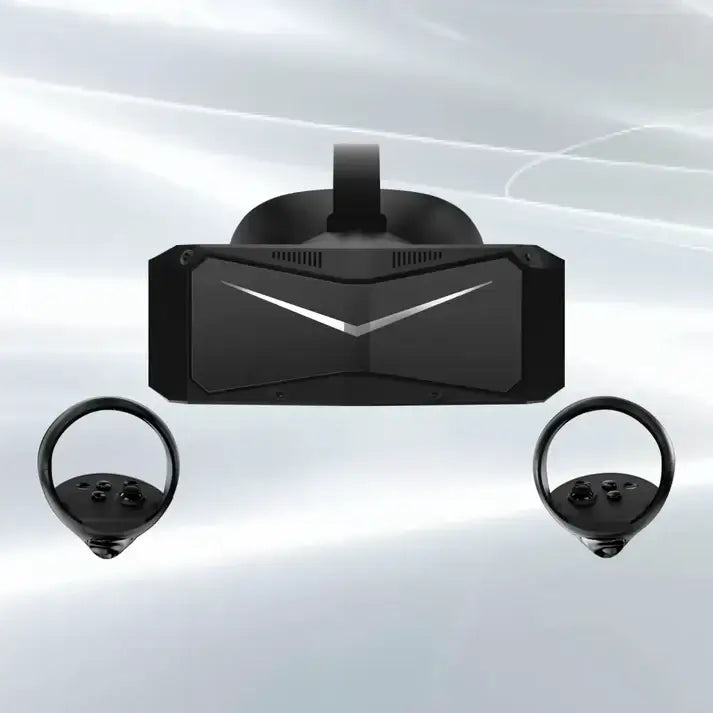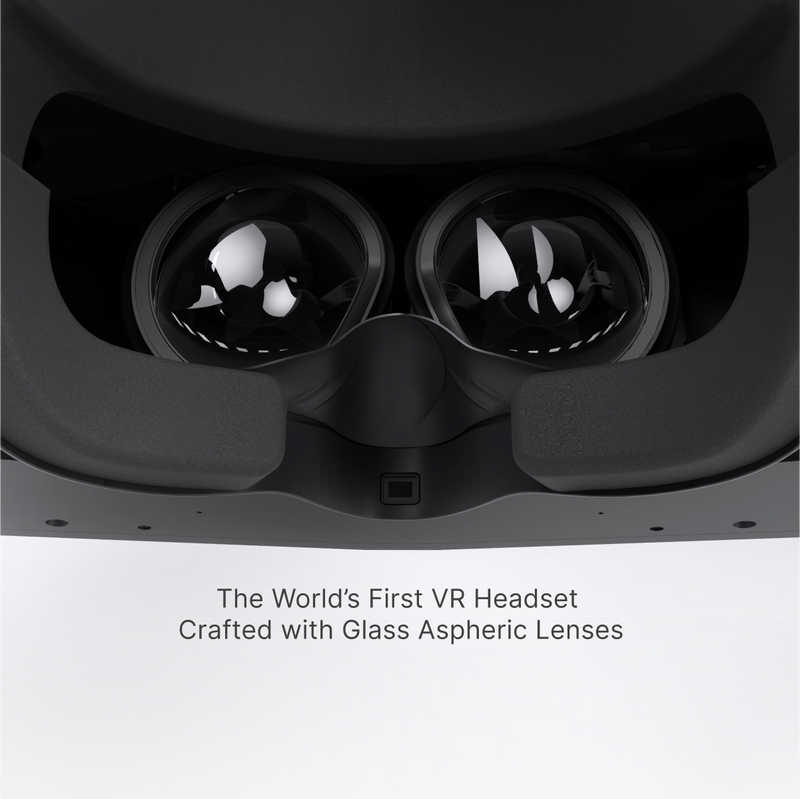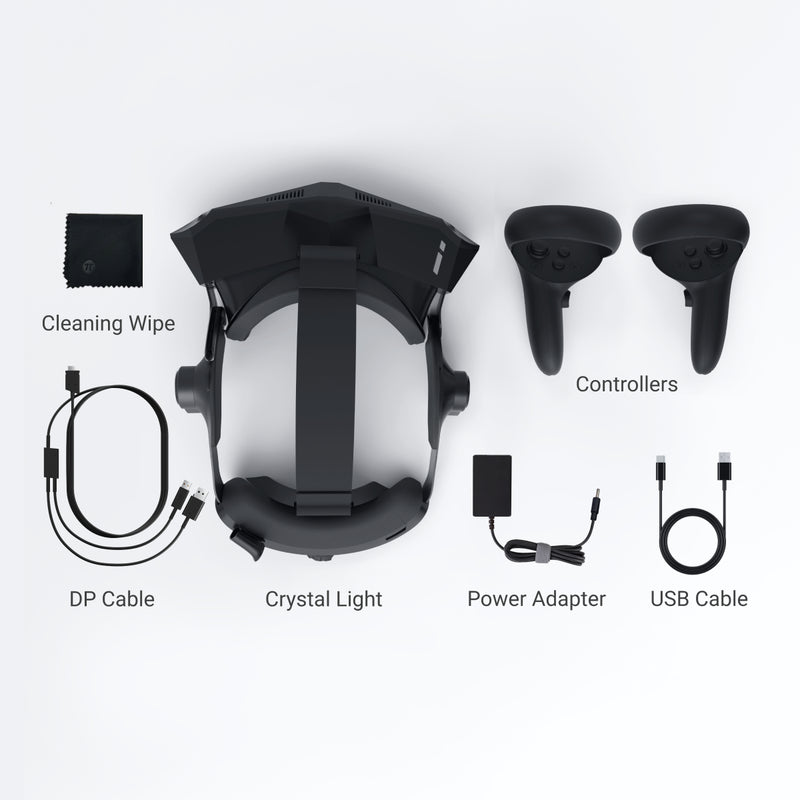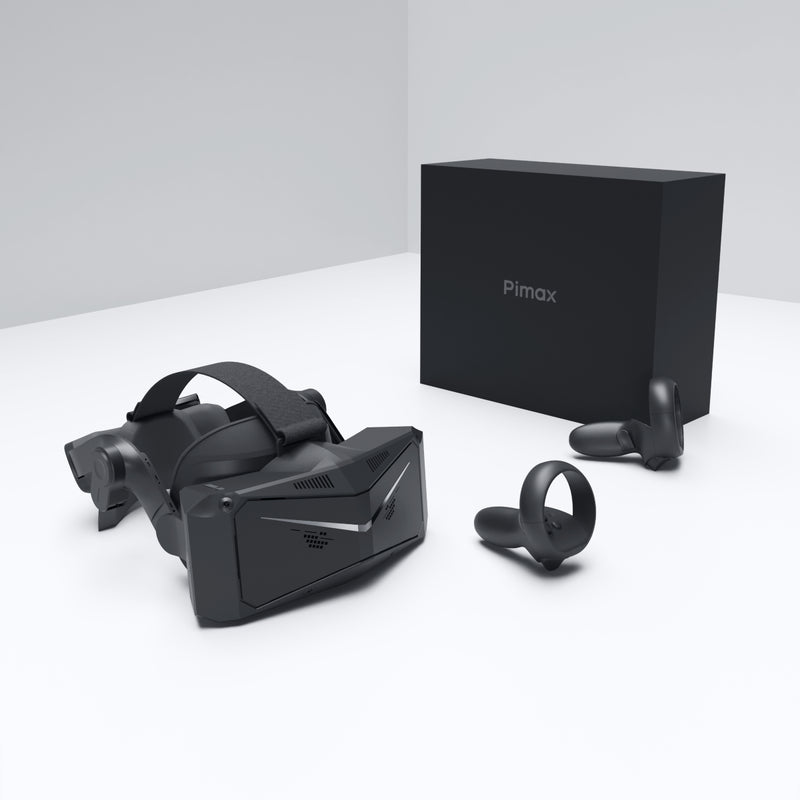The Pimax Crystal Light VR headset stands as a compelling choice for flight simulation enthusiasts, thanks to its exceptional visual performance and streamlined design tailored for PCVR. This review by Skil from Grim Reapers offers a first-hand perspective on what makes the Crystal Light an attractive option for those serious about their virtual flying experiences.
Key Features and Specifications
The Pimax Crystal Light is designed with the same visual quality as its predecessor, the original Crystal, boasting 2880 x 2880 per-eye resolution and 35 pixel-per-degree glass aspheric lenses. This ensures class-leading clarity and sharpness in visuals, crucial for accurately reading cockpit instruments without straining. Unlike the original Crystal, the Crystal Light eliminates the standalone mode, opting for a purely PCVR setup, which reduces its weight by a substantial 310 grams, improving comfort during extended sessions.
Inside-Out tracking comes standard, eliminating the need for external base stations while allowing for optional Lighthouse tracking with additional accessories. The headset features a manual IPD adjustment via a simple scroll wheel, supporting a range of 58 to 72 mm, although it lacks the automatic IPD adjustment found in the original model.
Performance Insights
Skil's experience with the Crystal Light during his DCS flight simulations reveals that the headset delivers smooth and immersive gameplay, even with demanding settings. Fixed foveated rendering effectively balances graphical fidelity and performance by rendering the center of the display at a higher resolution while reducing the load on peripheral areas. This technique aids in achieving smoother frame rates, even on systems that aren't top-tier.
In terms of audio, the standard down-firing headphones provide adequate sound quality but are markedly inferior to the optional DMAS headphones, which significantly enhance the auditory experience and immersion. Users considering the Crystal Light are strongly advised to upgrade to the DMAS option.
User Experience
The headset setup is straightforward: connecting via DisplayPort and USB 3.0, complemented by a dedicated power supply. This simplicity is mirrored in the software setup through Pimax Play, which streamlines firmware updates and customization of settings to suit personal preferences.
Despite lacking eye-tracking capabilities, which preclude the use of dynamic foveated rendering, the headset compensates with impressive visual performance and robust tracking capabilities, suitable for both seated flight simming and more active VR experiences.
For anyone in the market for a top-tier flight sim headset, the Pimax Crystal Light is undoubtedly worth considering. To stay updated on the latest insights and reviews, subscribe to Grim Reapers' YouTube channel for more expert content.
If you have any questions about setup, feel free to join our Discord group. We hold Q&A sessions frequently, and you can post your questions in the corresponding channels. For any Discord-related assistance, contact Max at Max.Semak@Pimax. You can join our Discord group here: Discord Channel. For technical help, you can also reach out to Emily at emily.wang@pimax.com or submit a ticket here: Support Ticket. For more details about the Pimax Crystal Light, please visit the product page here.



